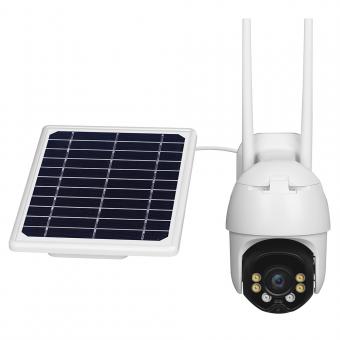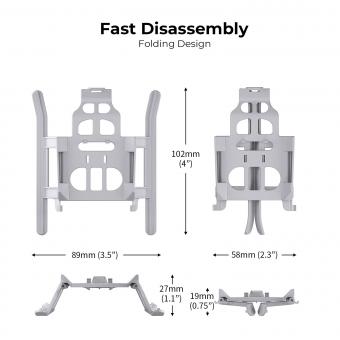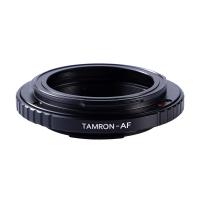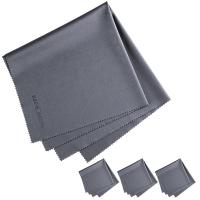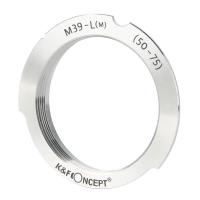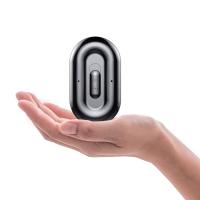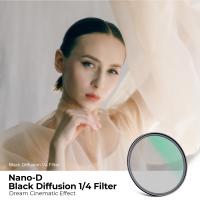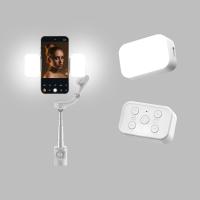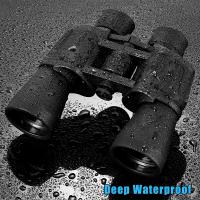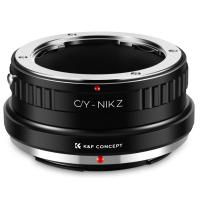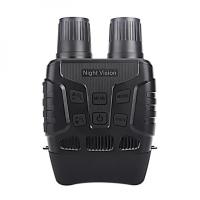How To Get Film Look With Digital Camera ?
To get a film look with a digital camera, there are several things you can do. First, shoot in RAW format to have more control over the final image. Second, use a low ISO setting to reduce noise and grain. Third, use a shallow depth of field to create a more cinematic look. Fourth, adjust the white balance to create a warmer or cooler tone. Fifth, use film emulation presets or filters in post-processing to mimic the look of different film stocks. Finally, pay attention to composition and lighting to create a more cinematic feel.
1、 Shooting Techniques

How to get film look with digital camera:
1. Shoot in manual mode: Shooting in manual mode allows you to have more control over the exposure, which is crucial in achieving the film look. You can adjust the aperture, shutter speed, and ISO to get the desired look.
2. Use a prime lens: Prime lenses have a wider aperture, which allows for a shallower depth of field and a more cinematic look. They also tend to have better image quality than zoom lenses.
3. Shoot in a flat picture profile: Most digital cameras have picture profiles that allow you to adjust the contrast, saturation, and sharpness of the image. Shooting in a flat profile, such as CineStyle or S-Log, will give you more flexibility in post-production to achieve the film look.
4. Add grain in post-production: Film has a natural grain that gives it a unique texture. You can add grain to your digital footage in post-production to mimic the look of film.
5. Use color grading: Color grading is the process of adjusting the colors in your footage to achieve a specific look. You can use color grading to give your digital footage a more cinematic look.
6. Shoot in natural light: Film is often shot in natural light, which gives it a more organic look. Try to shoot in natural light as much as possible to achieve the film look.
7. Use practical effects: Practical effects, such as smoke, fog, and practical lighting, can add a cinematic feel to your footage.
In recent years, there has been a trend towards using vintage lenses to achieve the film look. Vintage lenses have a unique character that can give your footage a more organic and filmic look. Additionally, shooting in 4K or higher resolution can give you more flexibility in post-production to achieve the film look.
2、 Post-Processing
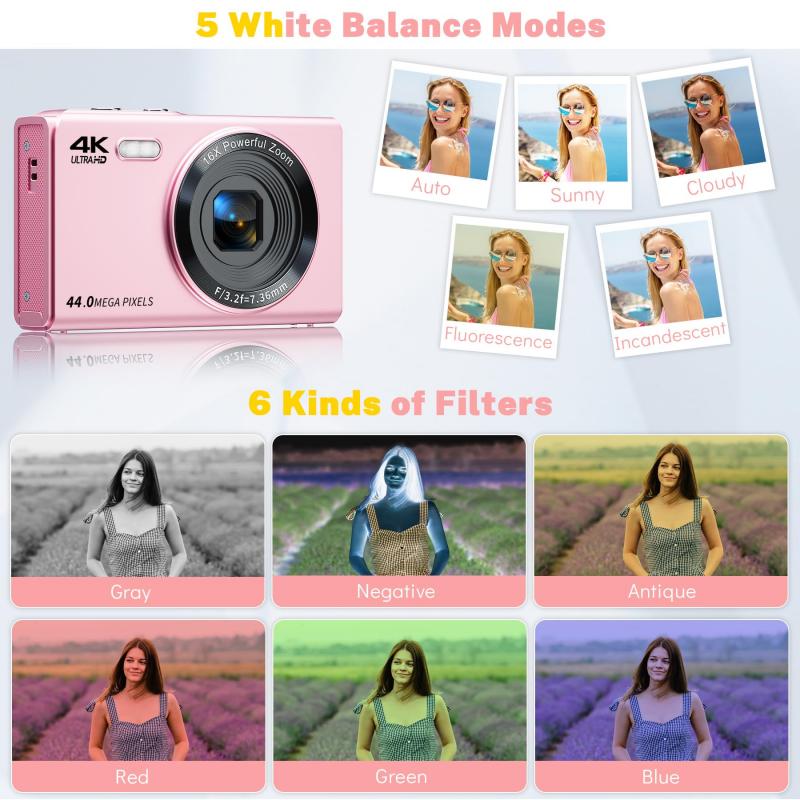
How to get film look with digital camera? There are two main ways to achieve a film look with a digital camera: shooting techniques and post-processing.
Shooting techniques involve adjusting your camera settings to mimic the look of film. This includes shooting in manual mode, using a low ISO, and adjusting your white balance to a warmer tone. You can also experiment with different lenses and filters to achieve a specific look.
Post-processing involves editing your photos to mimic the look of film. This includes adjusting the contrast, saturation, and color balance to create a more muted and natural look. You can also add film grain and vignetting to further enhance the film look.
In recent years, there has been a rise in the popularity of film emulation presets and software. These presets and software are designed to mimic the look of specific film stocks and can be applied to your digital photos in post-processing. However, it's important to note that these presets and software are not a one-size-fits-all solution and may require additional adjustments to achieve the desired look.
Ultimately, achieving a film look with a digital camera requires experimentation and a willingness to try new techniques and post-processing methods. With practice and patience, you can create stunning photos that mimic the timeless look of film.
3、 Color Grading

How to get film look with digital camera? One way to achieve this is through color grading. Color grading is the process of adjusting the colors and tones of a video or image to create a specific look or mood. By adjusting the color temperature, contrast, saturation, and other settings, you can mimic the look of film.
To start, shoot in a flat or neutral color profile. This will give you more flexibility in post-production to adjust the colors and tones. Then, use a color grading software such as Adobe Premiere Pro or DaVinci Resolve to adjust the colors. You can use presets or create your own custom settings to achieve the desired look.
Some popular film looks include the warm and nostalgic tones of Kodak Portra, the cool and desaturated tones of Fuji Provia, and the high contrast and deep shadows of Kodak Tri-X. You can find tutorials and presets online to help you achieve these looks.
It's important to note that while color grading can help you achieve a film look, it's not a substitute for good lighting and composition. Pay attention to the lighting and framing of your shots to create a cinematic feel.
In recent years, there has been a trend towards using vintage lenses and cameras to achieve a more authentic film look. These lenses and cameras can add a unique character and texture to your footage. However, they can also be expensive and require additional equipment and expertise to use effectively.
4、 Aspect Ratio
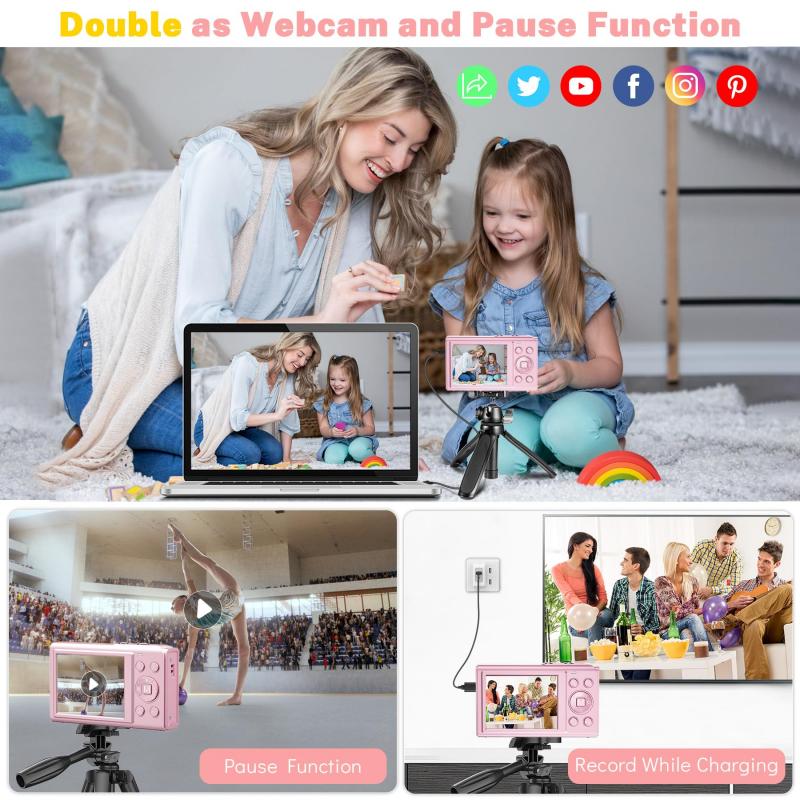
How to get film look with digital camera? One way to achieve this is by using the aspect ratio of 4:3 or 3:2, which is similar to the aspect ratio of traditional film. This can be done by adjusting the settings on your digital camera or by cropping the image in post-processing.
However, it's important to note that aspect ratio alone won't necessarily give you the full "film look." Other factors such as color grading, contrast, and grain can also play a significant role in achieving this aesthetic.
In recent years, there has been a trend towards using vintage lenses on digital cameras to achieve a more film-like look. These lenses often have unique characteristics such as softness, vignetting, and flares that can add to the overall aesthetic.
Another approach is to use film emulation software or presets in post-processing. These tools can simulate the look of various film stocks and can be a quick and easy way to achieve a film-like look without the need for expensive equipment or extensive post-processing.
Ultimately, achieving a film look with a digital camera is about experimenting with different techniques and finding what works best for your specific project and aesthetic preferences.












